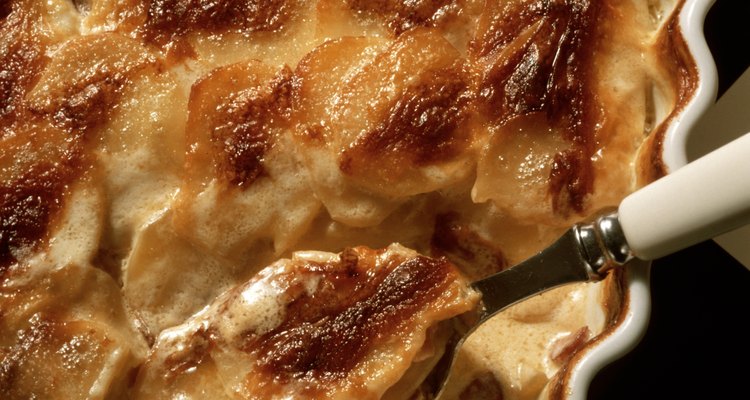
For the time-stressed or culinarily challenged, making a big batch of a favorite dish -- or better yet, having someone make it for you -- can satisfy both appetites and efficiency. You can either eat it up over the course of a few days, or portion and freeze it for longer-term storage. If you opt for eating your leftovers in the short term, you might wonder how often you can reheat that same dish.
The Factors
The answer to how many reheats food can take boils down to "it depends." Chilling and reheating foods safely requires strict attention to timing and temperatures. If you're scrupulous about that, you can reheat food several times. If you're not, even reheating leftovers once can be a gamble. A second consideration is the effect of repeated heating and cooling on the flavor and texture of your food. Some foods, such as chili, can stand successfully to repeated heating. Others deteriorate quickly, so you might not want to eat them even if they're food safe.
Cooling
The first step in safe reheating is cooking your foods to the USDA-recommended food safe temperature. For most casseroles and other mixed dishes, that's 160 to 165 degrees Fahrenheit. Invest in an inexpensive instant-read thermometer, because measuring is the only way to know for sure. Once the food is cooked, cool it as quickly as possible to 90 F or 100 F. Shallow casseroles can be cooled in the pan, but food in large pots should be transferred to shallow, flat containers for faster cooling. It must reach the target temperature within two hours, then be refrigerated at 40 F or below.
Reheating
When you reheat your meals, choose a method that's appropriate. Stews and soups can be heated in a saucepan or the microwave. Casseroles can be microwaved or reheated in the oven, and cold plates of meat and potatoes can be microwaved while the sauce or gravy boils in a separate saucepan. However you heat your food, it must come to at least 165 F, for at least 15 seconds, to be food safe. If you use a microwave, remember that they heat unevenly. Stir your food frequently as it heats, let it rest while the heat evens out, and test it in several places with your thermometer. Foods should heat completely in two hours or less.
Tips
Although time and temperature are the two most important factors in food safety, there are a few others to consider. Be sure your containers and serving utensils are scrupulously clean, and use separate utensils for each food. Be careful not to contaminate one dish with utensils from another, or to mix cooked and uncooked food. Whenever possible, refrigerate your leftovers in single-serving portions. That way, you can reheat each serving just once. This minimizes food safety risks by cutting down the number of opportunities to make a mistake, and also reduces the loss of quality caused by multiple reheatings.
Related Articles

How Long Can Chinese Food Sit Out ...

How Long Is Leftover Spaghetti Good to ...

How to Store Dehydrated Foods
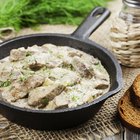
Proper Ways to Cool Food After Cooking

Can You Let Crock-Pot Meals Sit?
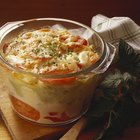
Cooking Frozen Vs. Defrosted Food

FDA Food Storage Temperature Guidelines
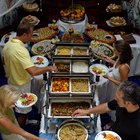
The Difference Between a Chafing Dish & ...
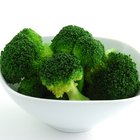
The Positive Effects of Using a ...

Guidelines For Refreezing

How to Keep Buffet Food Cool

How to Prepare Food With an Electric ...

How to Reheat Chinese Takeaway
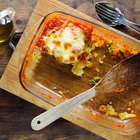
How Long Can Leftovers Be Refrigerated?
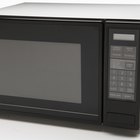
Can You Cook Something Frozen in the ...

How to Use a Probe Cooking Thermometer
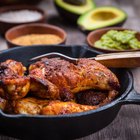
The Best Ways to Cook Hot Chicken Wings ...

Can You Refreeze Cooked Spaghetti Sauce ...
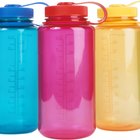
Heating Foods in Plastic & BPA

How Long Does Foil Keep Food Warm?
References
Writer Bio
Fred Decker is a trained chef and prolific freelance writer. In previous careers, he sold insurance and mutual funds, and was a longtime retailer. He was educated at Memorial University of Newfoundland and the Northern Alberta Institute of Technology. His articles have appeared on numerous home and garden sites including GoneOutdoors, TheNest and eHow.
Photo Credits
Eising/Photodisc/Getty Images